




Table of Contents
- Distance from Agra to Gwalior
- Transportation Options
- Key Attractions in Agra
- Key Attractions in Gwalior
- Local Cuisine: A Gastronomic Delight
- Historical Significance of Agra and Gwalior
- Conclusion
- Faq's
Distance from Agra to Gwalior
The journey from Agra to Gwalior is not just a trip between two cities but a passage through history, culture, and architectural marvels. Agra, famed for the Taj Mahal, offers a glimpse into the Mughal era, while Gwalior, with its majestic fort, brings alive tales of valor and grandeur. This guide covers everything you need to know about traveling from Agra to Gwalior, including distances, transportation options, and key attractions.
The distance from Agra to Gwalior is approximately 120 kilometers (75 miles) by road. The road trip usually takes around 2-3 hours, depending on traffic and road conditions. For those preferring rail travel, there are frequent trains covering this route in roughly the same amount of time.
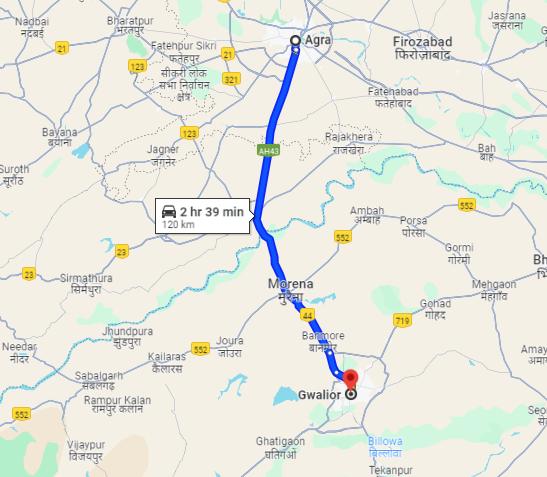 Agra to Gwalior Route Map
Agra to Gwalior Route Map
Transportation Options
1. By Bus:
Traveling by bus from Agra to Gwalior is an affordable and convenient option. The journey costs around INR 880, and several operators offer comfortable services. Buses range from basic to luxury, ensuring there's something for every budget. The Agra bus stand is well-connected and offers frequent services to Gwalior throughout the day.
2. By Train:
The train journey from Agra to Gwalior is another popular choice. With multiple daily trains, including the Gatimaan Express, the fastest train on this route, passengers can enjoy a comfortable and scenic ride. The average cost of a train ticket ranges from INR 2400 for AC classes to lower prices for sleeper classes.
3. By Car:
For those who prefer a more personalized travel experience, hiring a car or driving your own vehicle is an excellent choice. The NH44 highway connects Agra to Gwalior, offering a smooth and scenic drive. Car rentals vary, but you can expect to pay around INR 1500 - 2000 for a one-day trip, including fuel and driver charges.
Key Attractions in Agra
1. Taj Mahal: No trip to Agra is complete without visiting the Taj Mahal. This iconic mausoleum, a symbol of love, attracts millions of visitors annually.
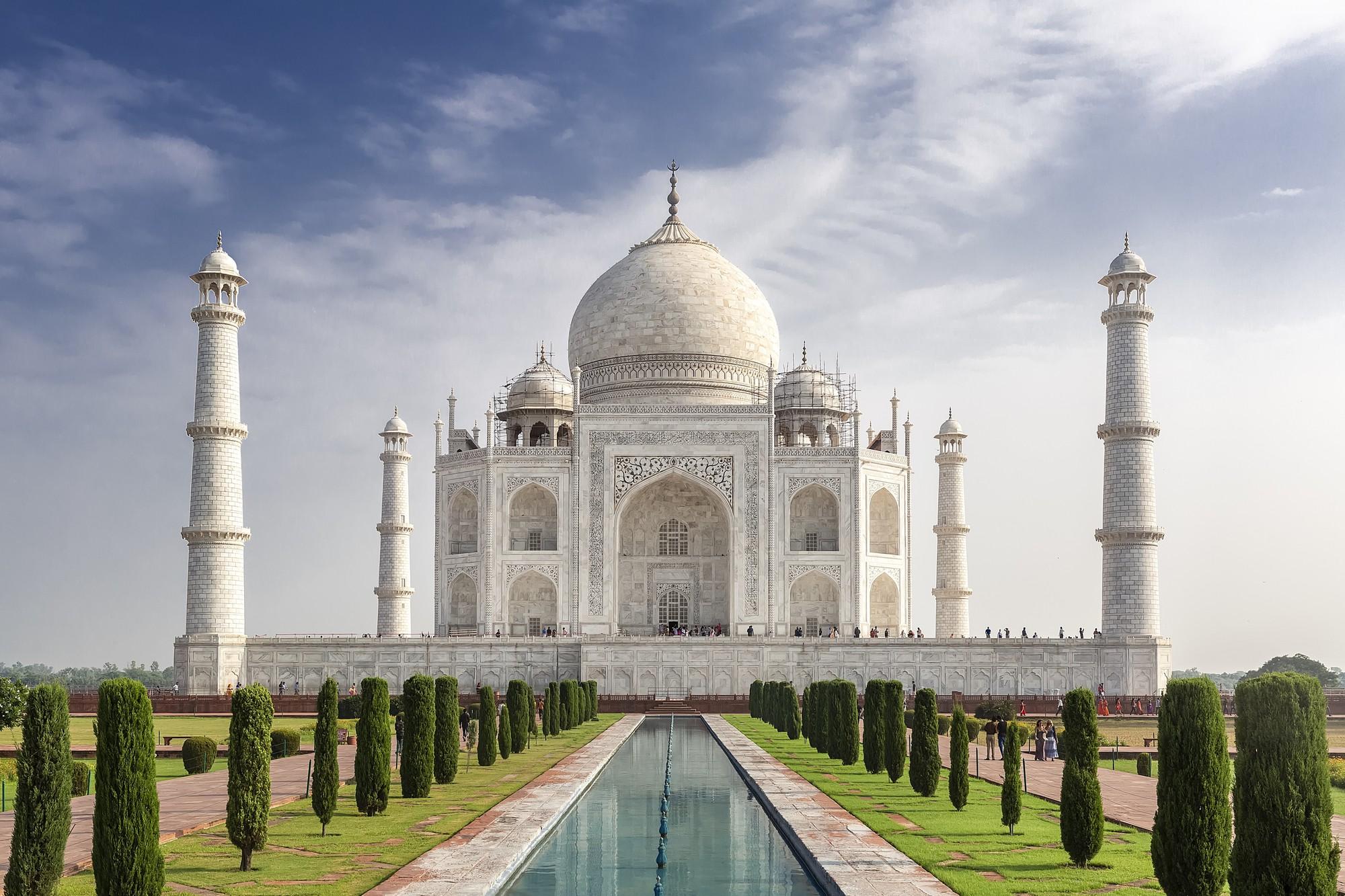 Taj Mahal
Taj Mahal
2. Agra Fort: A UNESCO World Heritage site, Agra Fort is a stunning example of Mughal architecture, offering insights into the city's rich history.
Caption
3. Fatehpur Sikri: A short drive from Agra, Fatehpur Sikri is a historic city that served as the Mughal capital for a brief period. Its well-preserved buildings are a must-see.
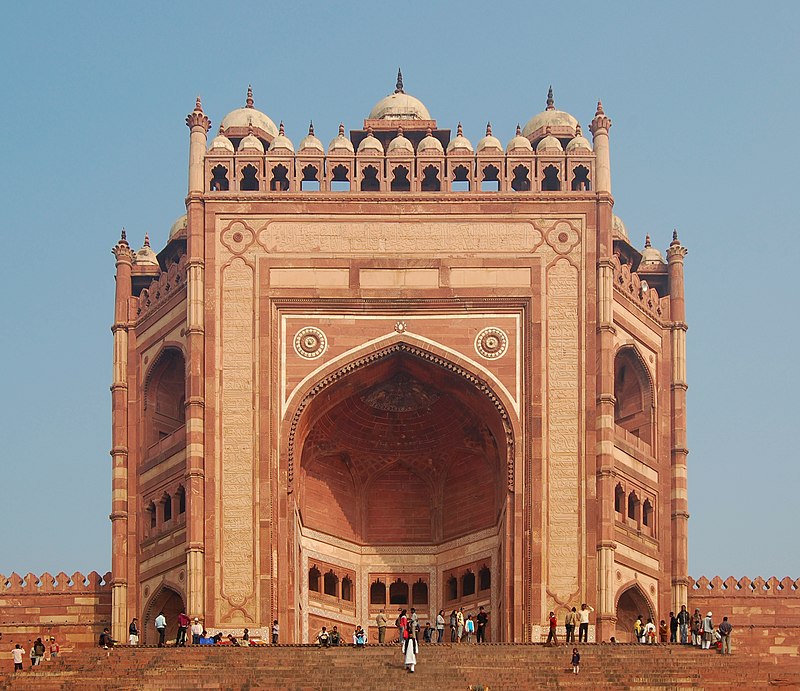 Fatehpur Sikri
Fatehpur Sikri
4. Mehtab Bagh: This garden complex offers one of the best views of the Taj Mahal, especially at sunset.
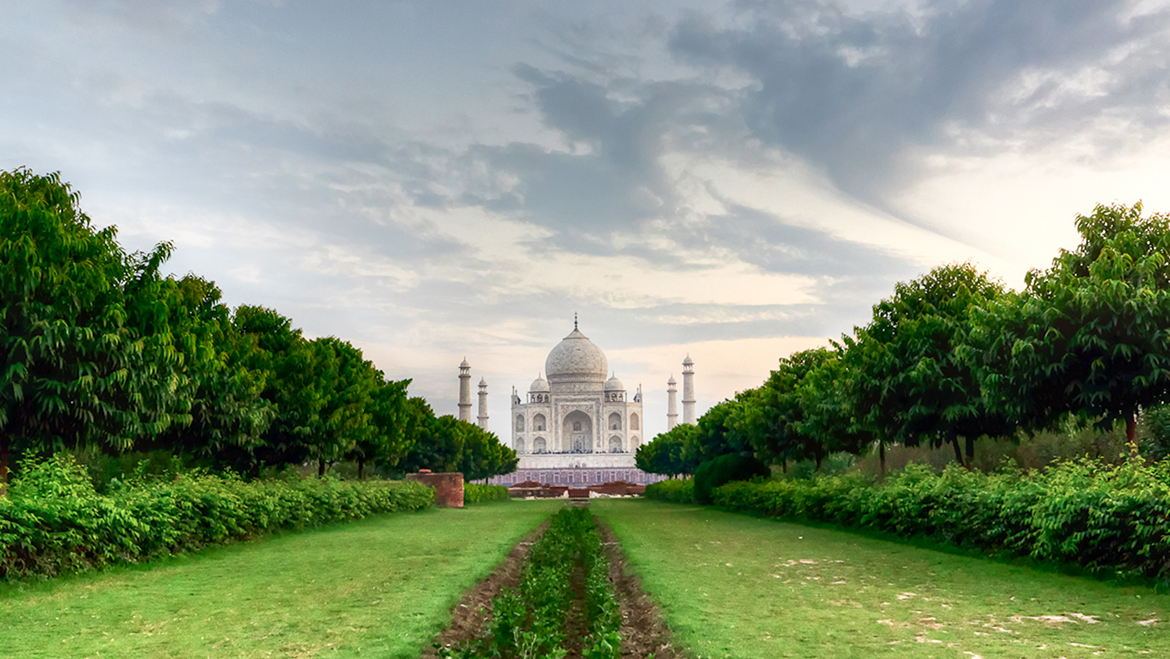 Mehtab Bagh
Mehtab Bagh
5. Itimad-ud-Daulah's Tomb: Often referred to as the "Baby Taj," this exquisite mausoleum is worth a visit for its intricate marble work.
 Itimad-ud-Daulah's Tomb
Itimad-ud-Daulah's Tomb
Key Attractions in Gwalior
1. Gwalior Fort: Dominating the city skyline, Gwalior Fort is a magnificent structure with a rich history. It's home to several palaces, temples, and museums.
 Gwalior Fort
Gwalior Fort
2. Jai Vilas Palace: This 19th-century palace blends European architectural styles and serves as a museum, showcasing royal artifacts.
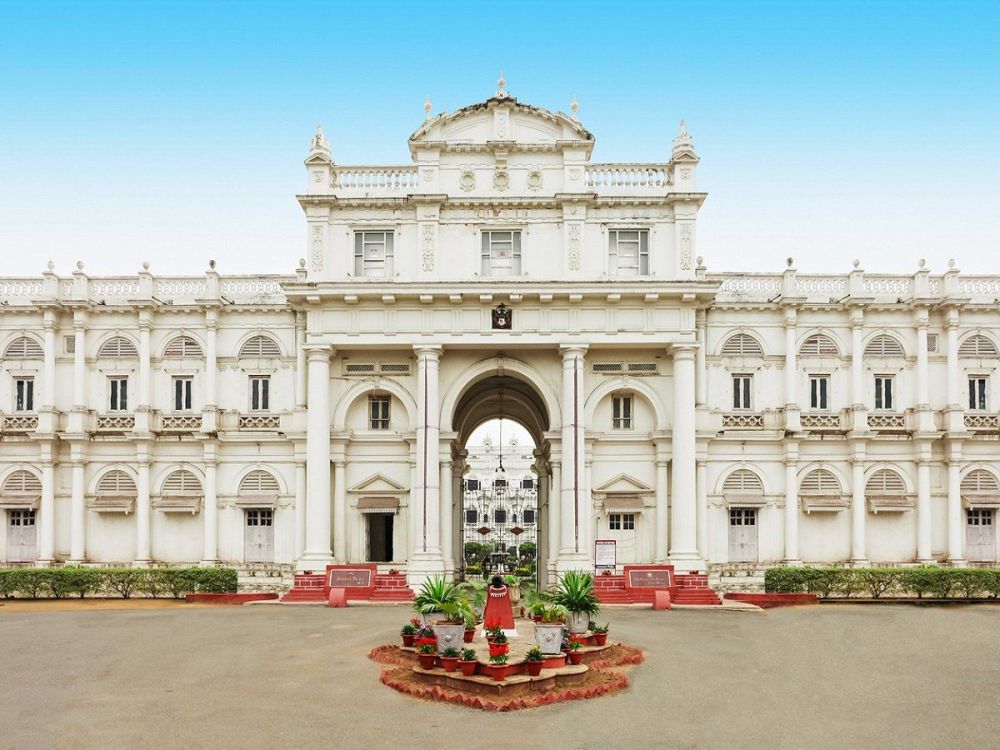 Jai Vilas Palace
Jai Vilas Palace
3. Sun Temple: Modeled after the Sun Temple in Konark, Odisha, this temple is a beautiful representation of ancient Indian architecture.
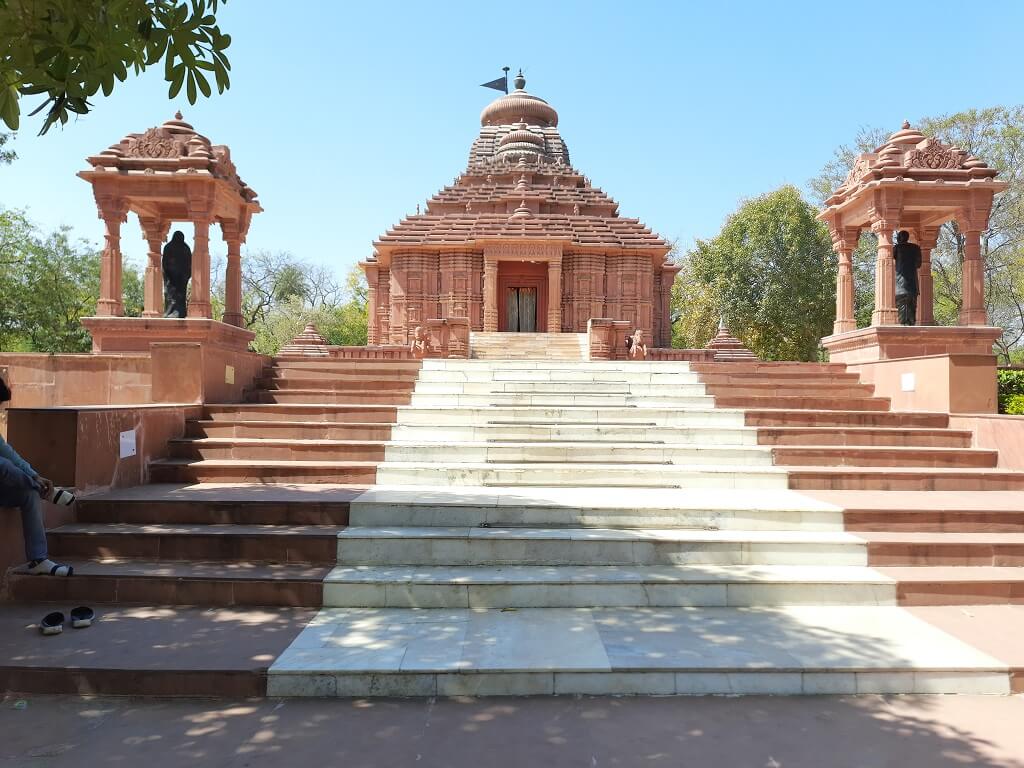 Sun Temple, Gwalior
Sun Temple, Gwalior
4. Saas-Bahu Temples: These twin temples, dedicated to Lord Vishnu, are known for their intricate carvings and historical significance.
 Saas-Bahu Temples
Saas-Bahu Temples
5. Tansen's Tomb: A tribute to the legendary musician Tansen, this tomb is a serene place and a must-visit for music lovers.
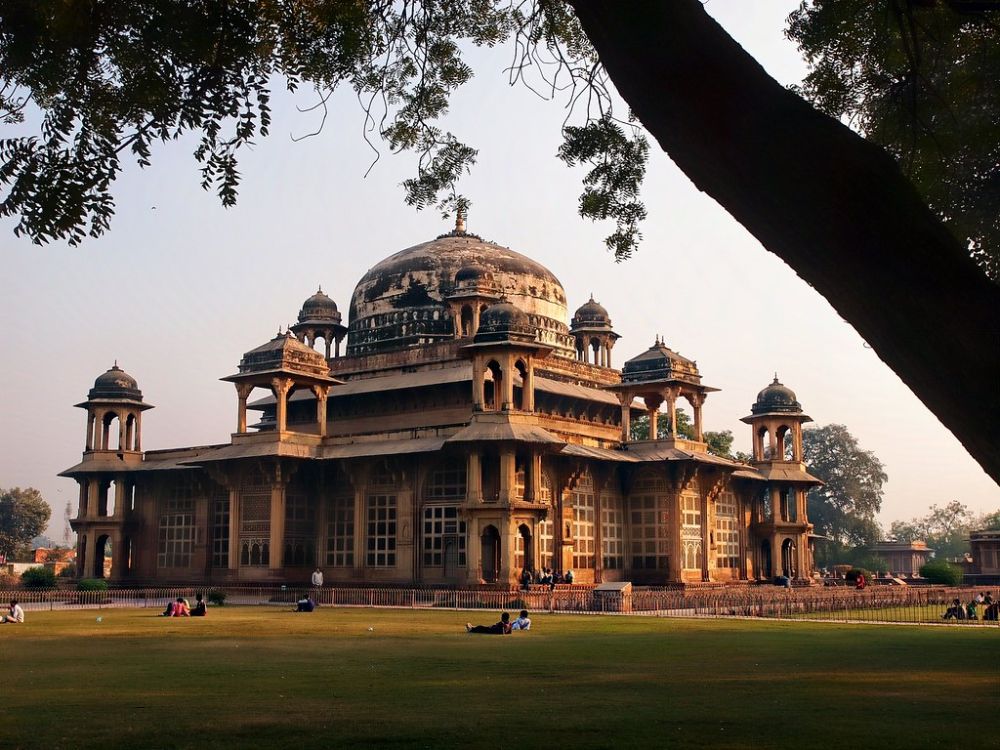 Tansen's Tomb
Tansen's Tomb
Local Cuisine: A Gastronomic Delight
Traveling between Agra and Gwalior not only offers a visual feast but also a culinary one. Both cities boast unique and delectable local cuisines that reflect their rich cultural heritage.
1. Agra:
- Petha: This sweet treat made from ash gourd is synonymous with Agra. Available in various flavors, it's a must-try for any visitor.
- Mughlai Cuisine: Experience the rich, aromatic flavors of Mughlai dishes such as biryani, kebabs, and kormas in Agra's numerous eateries.
2. Gwalior:
- Kachori: A popular snack, kachori in Gwalior is often stuffed with spicy lentils or potatoes and served with tangy chutneys.
- Poha: A breakfast favorite, poha in Gwalior is often garnished with sev and accompanied by jalebi, a sweet treat.
Historical Significance of Agra and Gwalior
Both Agra and Gwalior have played pivotal roles in India's history, with each city offering a plethora of historical sites and stories.
1. Agra: Agra served as the capital of the Mughal Empire under Emperor Akbar, making it a center of art, culture, and architecture. The city's monuments reflect the grandeur of Mughal architecture, with the Taj Mahal being the most iconic symbol of this era.
2. Gwalior: Gwalior's history dates back to ancient times, with its fort witnessing numerous battles and changing hands between various rulers. The city was a significant center during the reign of the Scindia dynasty, contributing to its rich architectural and cultural landscape.
Conclusion
The journey from Agra to Gwalior is a delightful experience filled with historical wonders and scenic beauty. Whether you're traveling for leisure or history, this route offers a rich tapestry of Indian culture and heritage. By choosing the right mode of transportation and planning your trip well, you can make the most of your visit to these two magnificent cities.
explore further
Latest from Location Reviews
More from Recommendations
Resources
Dwello, for every home buyer, is a way to go from 'I feel' to 'I know', at no extra cost.




